Payments for Environmental Services
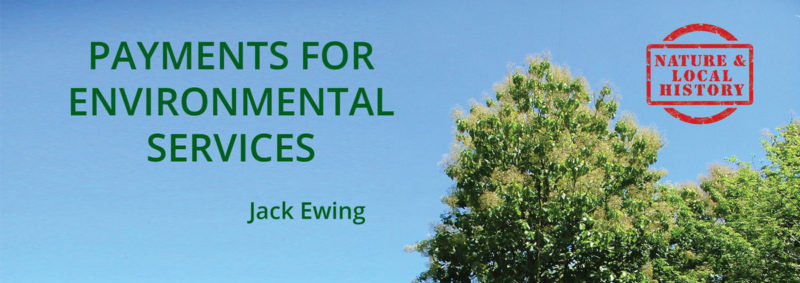
Incentives for People Who Plant Trees and Protect Forests
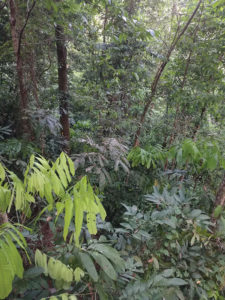
Many years ago, when I was still in the cattle business, I visited the San Carlos ranch of a cattleman I knew. “We’ve cut all the trees”, he proudly declared. “Trees attract bot flies, so we cut them all down. Every single one”. His ranch was a totally desolate landscape. At that time I didn’t yet consider myself to be an environmentalist, but even so, just driving through his property and seeing those barren pastures gave me an uneasy feeling. Hacienda Barú was a cattle ranch too, but we still had trees on some of the fence lines and small copses within our pastures as well as a mangrove forest in the estuary near the mouth of the Barù River, and primary forest in the highlands. When I left that treeless ranch, the uneasy feeling stayed with me all the way home.
Most people have an affinity for trees, even non tree huggers who know nothing about them other than that they are pleasant to look at and that we get lumber from them. A rainforest is dominated by trees, all different kinds of them. A rainforest is often mistakenly portrayed as a steamy hot, windless environment where people sweat profusely and feel so stressed and overburdened by the climate that even walking is a difficult task. In reality, nothing could be farther from the truth. We all know how pleasant it is to sit under a shady tree on a hot summer day. Just imagine three or more layers of shade rather than just one. The forest floor is a very pleasant place where sunlight has to filter down through multiple layers of canopy in order to reach the ground. Due to lack of sunlight little vegetation grows on the forest floor. There are enough shrubs and tree seedlings to hold the soil together, but not enough to obstruct the breeze which circulates constantly. Not a steady breeze like you would expect to find in an open area, rather a constant circulating and cooling of air through the trees.

In these days of worry over climate change the most important characteristic of trees is their ability to absorb carbon dioxide (CO2) from the atmosphere through pores in the leaves, combine it with water (H2O) brought in via the roots, and capture the sun’s energy through the chlorophyll in the leaves. The H2O molecules are split into hydrogen and oxygen, and the oxygen is released into the atmosphere. The hydrogen and carbon dioxide are combined to form glucose, some of which is used for growth and the rest for the formation of wood fiber, stems, and leaves. Any excess is stored in the roots for future use. Put another way, trees breathe in carbon dioxide, breathe out oxygen and store carbon in the form of wood fiber. I have even heard rainforests referred to as the lungs of the Earth.
About 25 years ago Costa Rica realized the importance of this process and decided that it was necessary to provide incentives designed to encourage property owners to protect existing forests, increase the amount of land that is returned to Mother Nature so it may regenerate into secondary forest, and promote the planting of trees. The overall goal of the project was to increase the country’s forest cover thus increasing our ability to reduce carbon in the atmosphere and replace it with oxygen. Here’s how the program works:
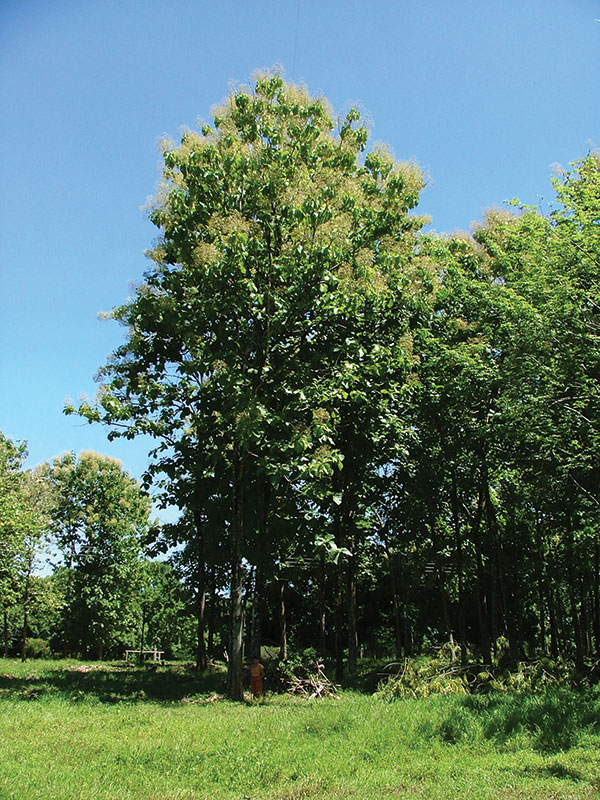
Let’s say that I drive a car which burns fossil fuel and therefore releases carbon dioxide into the atmosphere, and you own a forest that removes that carbon dioxide and releases oxygen back into the atmosphere. I am creating a problem, and your forest is solving that problem. Therefore, I should pay you for that service. This is done through a fuel tax. When I buy fuel for my car, I pay a tax, part of which is paid to you for the service you provide. The program is called “Payments for Environmental Services”, (PSA, the Spanish acronym) and it has been enormously successful.
- Before PSA, people who owned land with rainforest might have been tempted to deforest in order to plant pasture or crops, but because of PSA they decide to protect it instead.
- People with marginal farm or pasture land have an incentive to simply return it to Mother Nature and let her reclaim it by regenerating secondary forest under the PSA program.
- It has increased the number of tree plantations in the country. Most of the wood used in Costa Rica today does not come from natural forests, rather it comes from plantations.
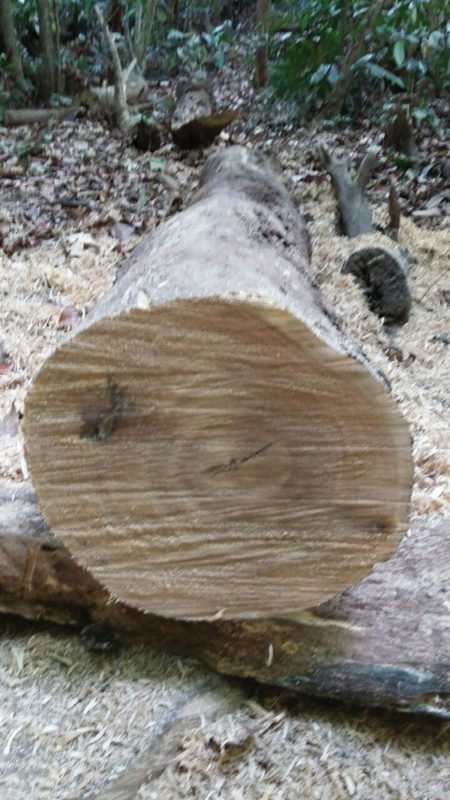
Long gone are the days of trucks with huge logs from primary forests thundering down the road. They have been replaced by smaller trucks hauling much smaller logs. Logs that have been cultivated as if they were a crop. The payments for environmental services for plantations are calculated to cover the costs of planting and maintenance. Property owners who have some land they would like to dedicate to tree farming can plant trees and care for them at no cost to themselves. PSA pays all of the costs of buying and planting the seedlings and maintenance for 10 years. When the trees are ready to harvest, they belong to the property owner who may sell them in any form, standing trees, logs, or lumber. That’s like owning a business that produces a product, having all of your production costs paid by someone else, but you still own the product and have the right to sell it.
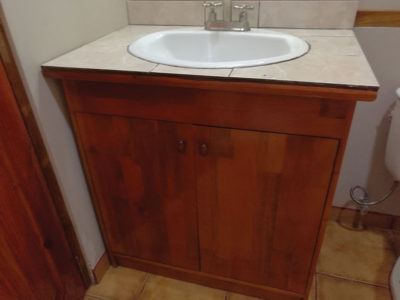
Costa Rica was the first country in the world to offer Payments for Environmental Services to property owners. The program was begun 25 years ago and has served its purpose well. Several other Latin American countries are now offering similar programs based on Costa Rica’s model.

